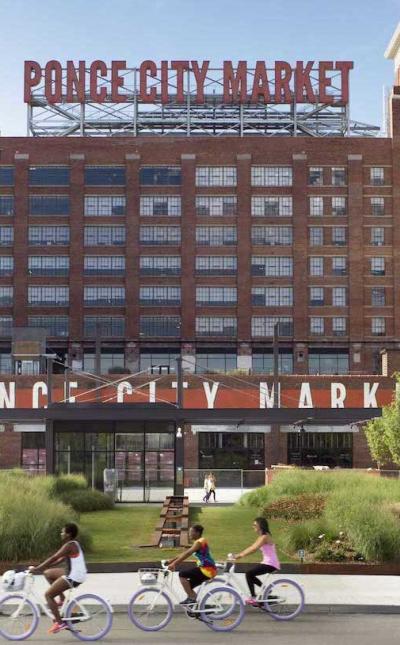- Who We Are
- What We Do
- Our Issues
- Our Projects
- Sprawl Retrofit
- Highways to Boulevards
- CNU/ITE Manual
- Health Districts
- The Project for Code Reform
- Lean Urbanism
- LEED for Neighborhood Development
- Missing Middle Housing
- Small-Scale Developers & Builders
- Emergency Response
- HUD HOPE VI
- Rainwater in Context
- Street Networks
- HUD Finance Reform
- Affordable Neighborhoods
- Autonomous Vehicles
- Build Great Places
- Education & Trainings
- Charter Awards
- Annual Congress
- Project Database
- Resources
- Get Involved
- Public Square
In the 20th Century, the American era of highway-building created sprawling freeways that cut huge swaths through our cities. Too often vibrant, diverse, and functioning neighborhoods were destroyed or isolated by their construction, devastating communities and economies alike. Today, many of these urban freeways are reaching the end of their lifespans—and their continuing purpose and worth is being called into question.
As Federal and State Departments of Transportation confront shrinking budgets, and cities look for ways to increase their revenues, replacing freeways with surface streets has gained recognition as both a practical alternative to rebuilding expensive highways and as a means to restore and revitalize communities. Cities as diverse as Portland, OR, San Francisco, CA, Milwaukee, WI, and Seoul, South Korea, have successfully replaced urban highways with boulevards and surface streets, saving billions of dollars in infrastructure costs, increasing real estate values on adjacent land, and restoring urban neighborhoods.
As end-stage urban freeways and their adjacent corridors present opportunities to transform broken liabilities into assets, elected officials and citizens alike can be advocates for transformations that support socially and economically valuable places.
















